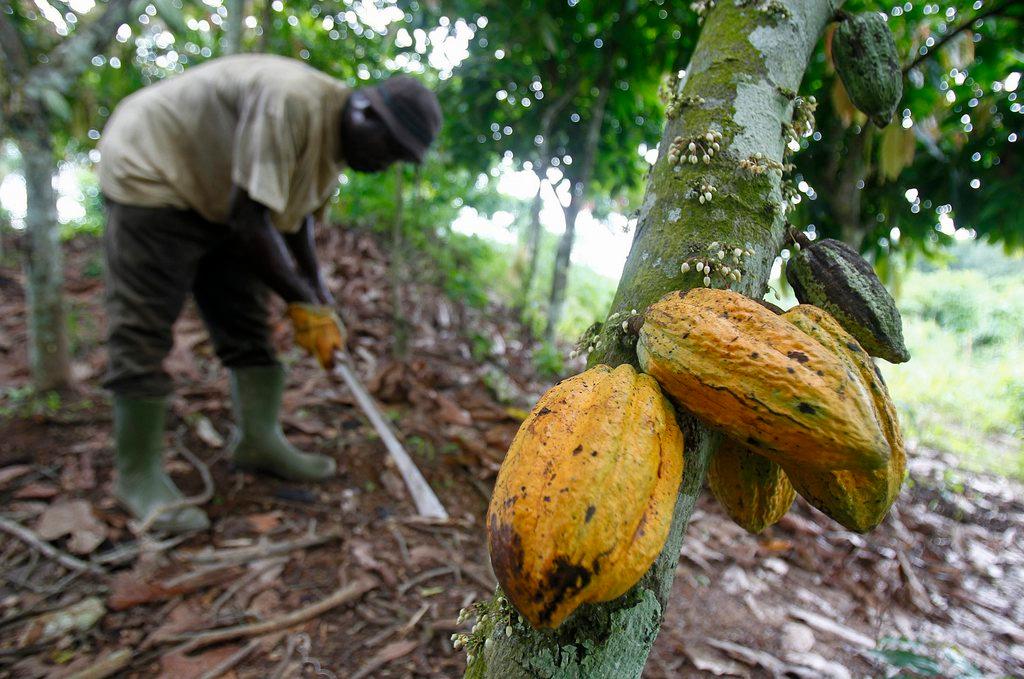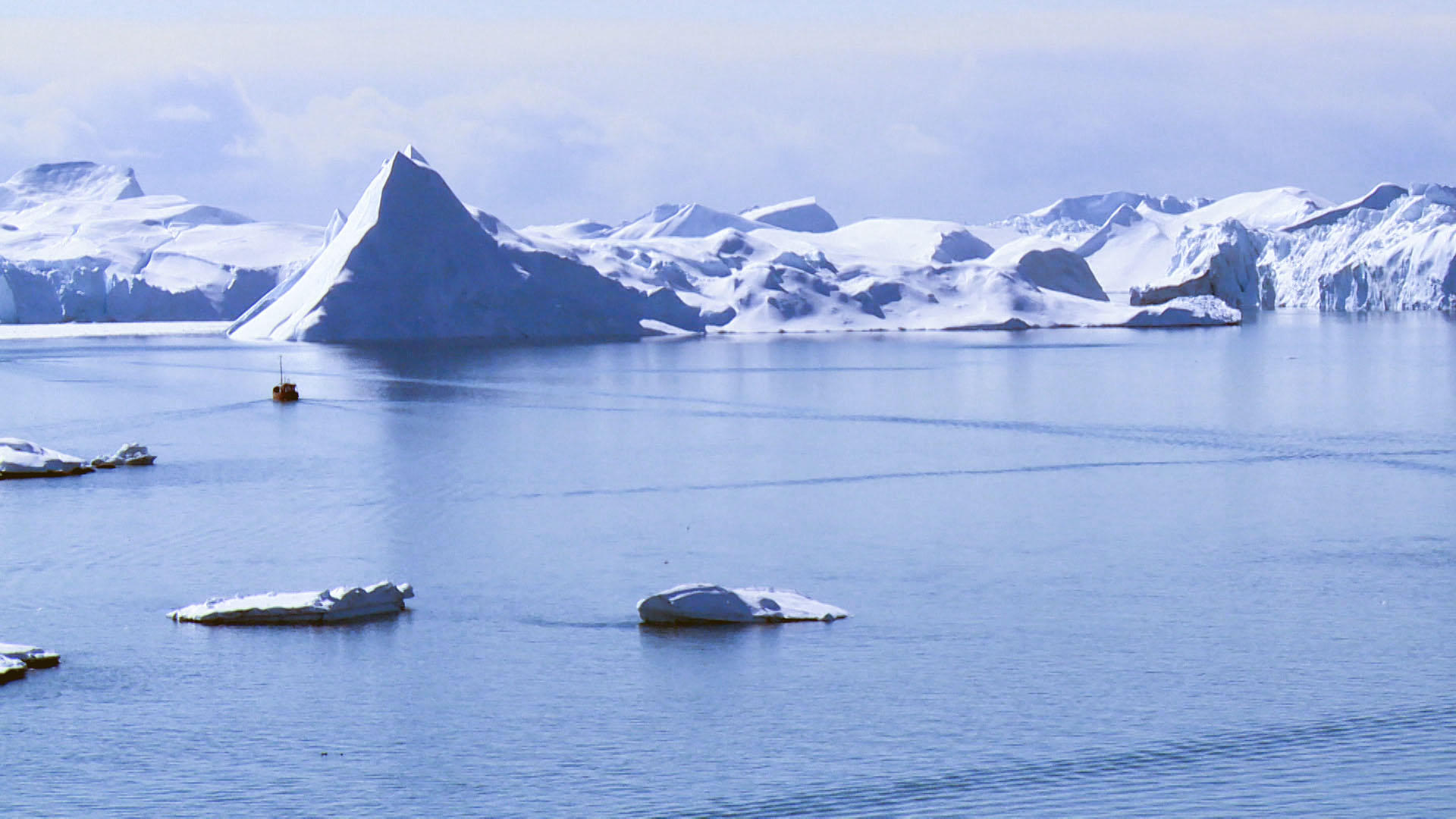Switzerland: ‘could do better’ on environmental footprint

Despite improvements over the past 20 years, Switzerland’s environmental footprint is still more than three times higher than the planet can sustain in the long-term, a study has found.
The country’s per capita impact on the environment declined by 19% over the last two decades, according to a comprehensive studyExternal link by the Federal Office of the Environment (FOEN), published on Monday.
Progress has been made on reducing the impact domestically through the use of technology and new laws, but the share of the impact caused abroad has risen sharply. In 2015, three quarters of Switzerland’s environmental impact was generated abroad, the study noted.
This reflects the country’s high consumption and heavy dependence on raw materials and goods from beyond its borders, the report said.
“Due to its comparatively high consumption level, Switzerland is one of the countries with disproportionately high environmental footprints per capita,” Karine Siegwart, deputy director of FOEN, stated in the study’s foreword. The Swiss level is more than three times higher than the planet can sustain.
The environment footprint study looked at the impact of goods production and consumption from 1996 to 2015 and covered areas such as greenhouse gas emissions, biodiversity loss and water consumption.
In depth
Production and consumption methods in the areas of housing, mobility, and food were found to have the greatest influence on natural resources. During the review period, the pressure on biodiversity increased by around 14% per person in Switzerland, mainly because of the consumption of imported goods.
The study shows that the biodiversity footprint greatly exceeded the level compatible with globally sustainable levels.
In addition, in 2015, greenhouse gas emissions due to consumption amounted to nearly 14 tonnes of CO2 equivalent per person, above the European average and well above the global limit of 0.6 tonnes per person. Emissions per person decreased in the twenty years but increased in absolute terms by 12% due to population increase, the study found.
Areas of improvement
Consumer behaviour and supply chain management were identified as areas for improvement, according to the report. Mobility, nutrition, and housing were also opportunities. Also key: the country’s 2050 Energy Strategy, which could help strengthen energy efficiency in the building sector and replace fossil fuels with renewable sources such as wind, solar, and biomass.
The report also pointed to the need for changes in consumer behaviour including opting for lower-emitting vehicles and considering alternatives to air travel, which is a significant contributor to greenhouse gases. Reducing the consumption of animal products and tackling food waste were also cited as ways for consumers to reduce emissions and improve the country’s environmental footprint.

In compliance with the JTI standards
More: SWI swissinfo.ch certified by the Journalism Trust Initiative




You can find an overview of ongoing debates with our journalists here. Please join us!
If you want to start a conversation about a topic raised in this article or want to report factual errors, email us at english@swissinfo.ch.